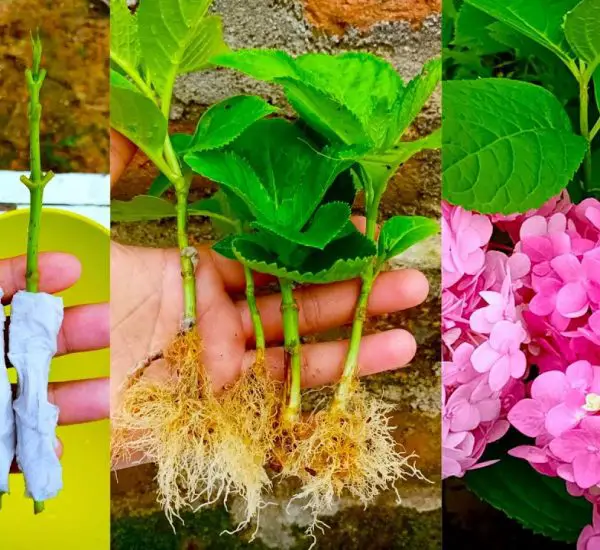If you enjoy gardening or have a variety of plants, you’re likely familiar with the challenges posed by invasive ivy. In this article, we’ll explore how to effectively manage and control ivy growth with proper care and attention.
Ivy: A Persistent, Yet Potentially Loved, Plant
Ivy is a wild plant known for its rapid growth. While it can be viewed as a nuisance that requires constant pruning, it also holds charm for many gardeners. Ivy’s resilience allows it to thrive in arid soils lacking typical minerals essential for plant growth. If you find yourself dealing with ivy in your garden, it’s important to note that regular pruning is necessary to keep it in check.
Pruning is a straightforward process. It’s best done in spring when the plant begins to spread and display its characteristic branches. Start by trimming the smaller, outer branches to encourage a more orderly growth. This approach not only helps control the plant’s expansion but also contributes to an aesthetically pleasing outcome.
Halting Ivy’s Advance
Now, let’s get to the crux of the matter—how to stop ivy from spreading. Traditional chemical solutions available in stores can be effective, but their use should be moderate due to potential harm to the environment and nearby animals. Exercise caution and seek expert advice when using such products.
For those leaning towards an eco-friendly alternative, a simple mix of coarse salt and water, combined with a bit of natural dish soap, can be a great option. Apply this mixture directly to the ivy roots to impede its growth. However, proceed with caution, ensuring you do not inadvertently damage surrounding plants. Indiscriminate use might disrupt the balance of the surrounding ecosystem.
Practicing careful ivy management not only prevents its invasion but also contributes to a visually pleasing garden. Give this method a try and let us know if it helps resolve your ivy-related issues. Your garden is likely to benefit significantly from this mindful approach.



